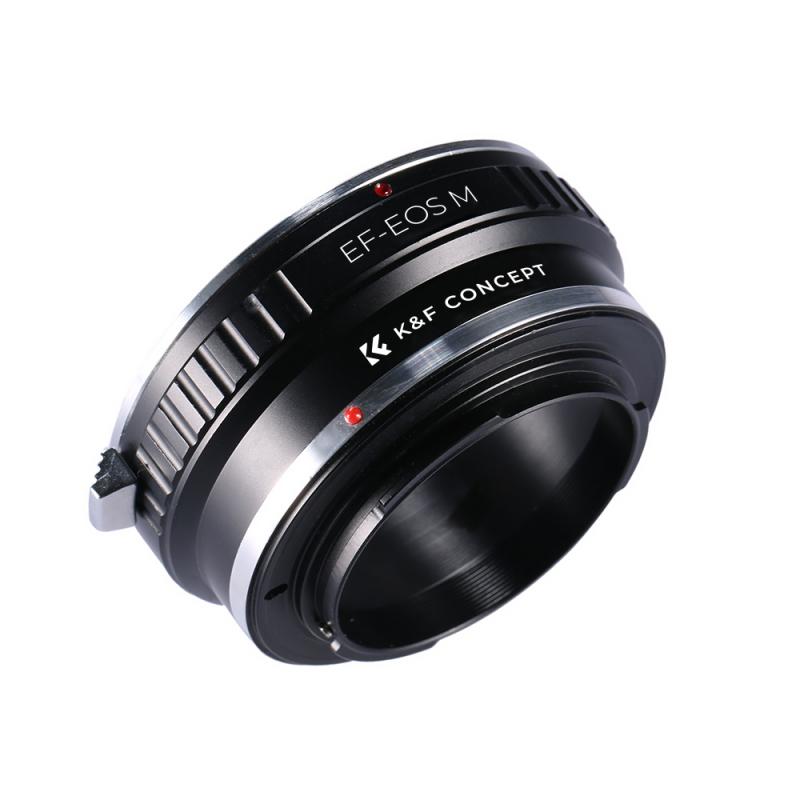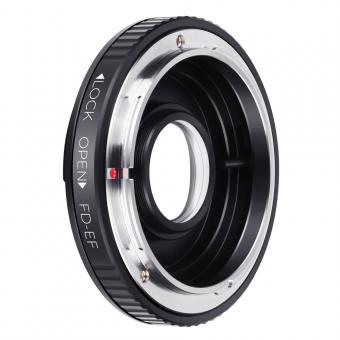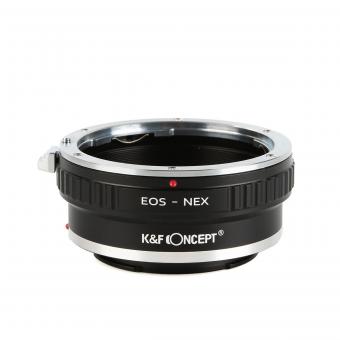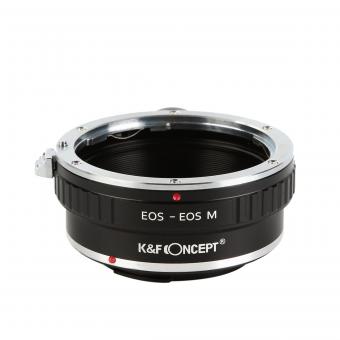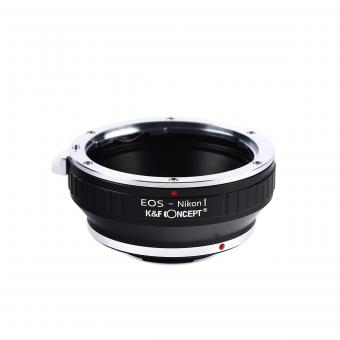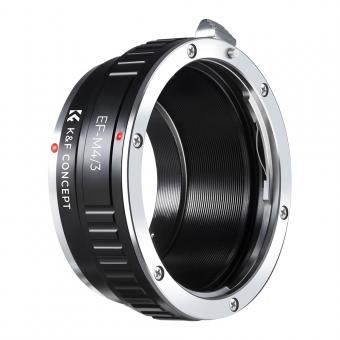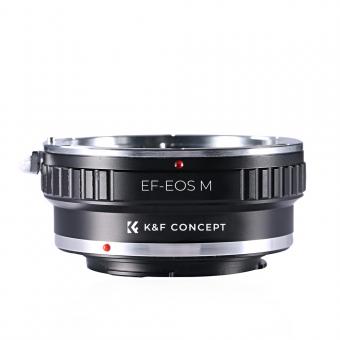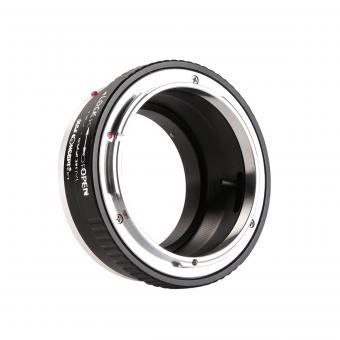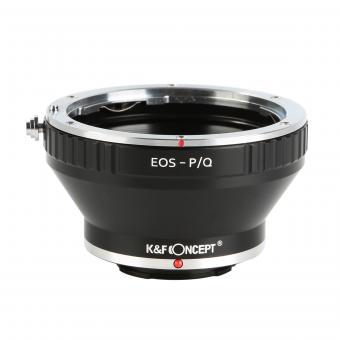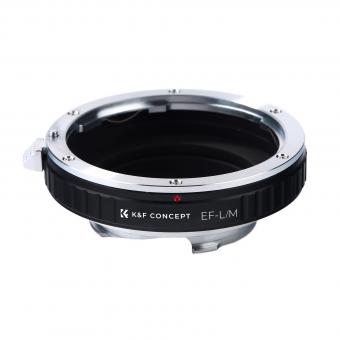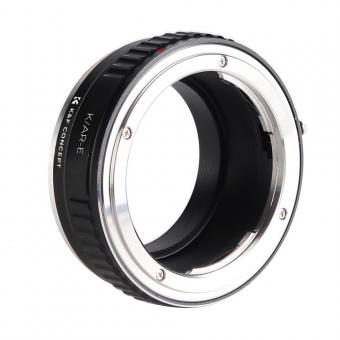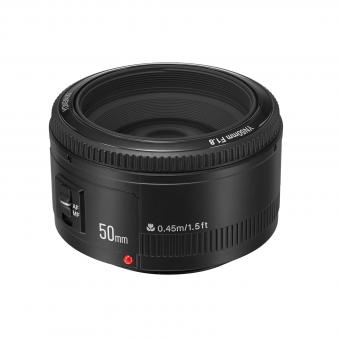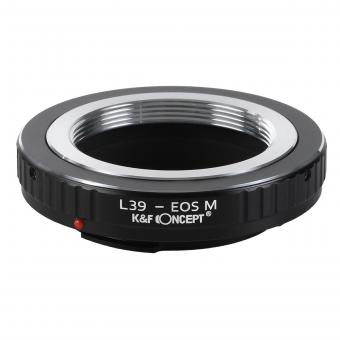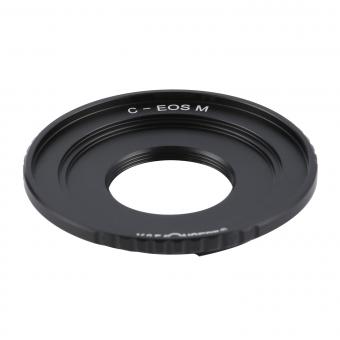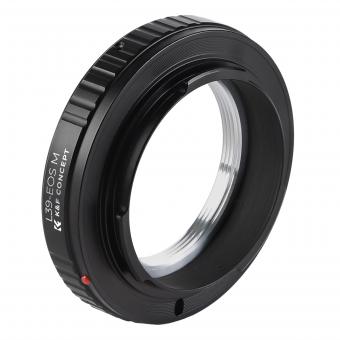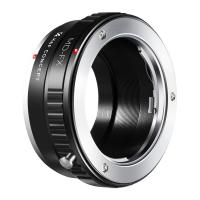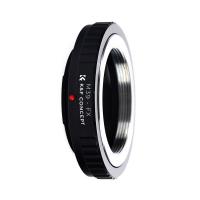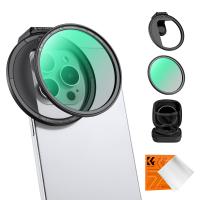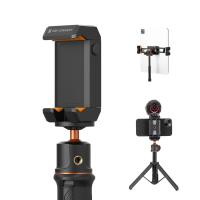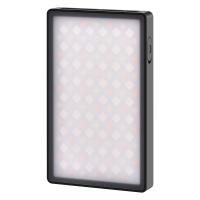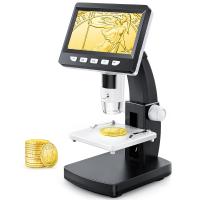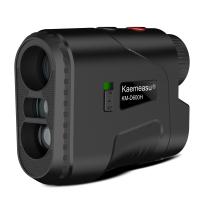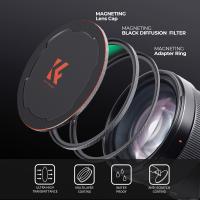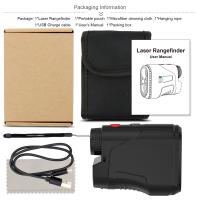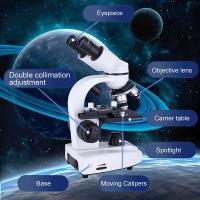What Is Canon Ef ?
Canon EF refers to the EF lens mount system developed by Canon for its line of interchangeable lens cameras. The EF mount was introduced in 1987 and is still in use today. It is primarily used for Canon's line of DSLR cameras, but can also be found on some mirrorless cameras with an adapter. The EF mount allows for the attachment of various lenses to the camera body, providing photographers with a wide range of options for different types of photography. Canon EF lenses are known for their high quality and versatility, offering a variety of focal lengths and features to suit different shooting needs.
1、 Canon EF: Overview of Canon's EF lens mount system.
Canon EF refers to Canon's EF lens mount system, which was introduced in 1987 and is still in use today. The EF stands for "Electro-Focus," indicating that these lenses are designed for autofocus functionality. The Canon EF mount is used on Canon's line of EOS (Electro-Optical System) cameras, which includes both DSLRs and mirrorless cameras.
The Canon EF mount system is known for its versatility and compatibility. It allows for a wide range of lenses to be used with Canon cameras, including prime lenses, zoom lenses, and specialty lenses such as macro and tilt-shift lenses. The EF mount has a large diameter and a short flange focal distance, which enables the design of high-quality lenses with excellent optical performance.
One of the key advantages of the Canon EF mount system is its backward compatibility. This means that older EF lenses can be used on newer Canon cameras without any issues. Canon has also introduced a range of EF-S lenses, which are specifically designed for cameras with APS-C sized sensors. These lenses provide a more affordable option for photographers using Canon's crop-sensor cameras.
In recent years, Canon has expanded its lens lineup to include RF lenses, which are designed for the newer RF mount system used on Canon's full-frame mirrorless cameras. While the RF mount offers some advantages over the EF mount, such as a larger diameter and closer flange focal distance, the EF mount still remains highly relevant and widely used.
Overall, Canon EF is a well-established lens mount system that offers photographers a wide range of lens options and compatibility with Canon's EOS cameras.
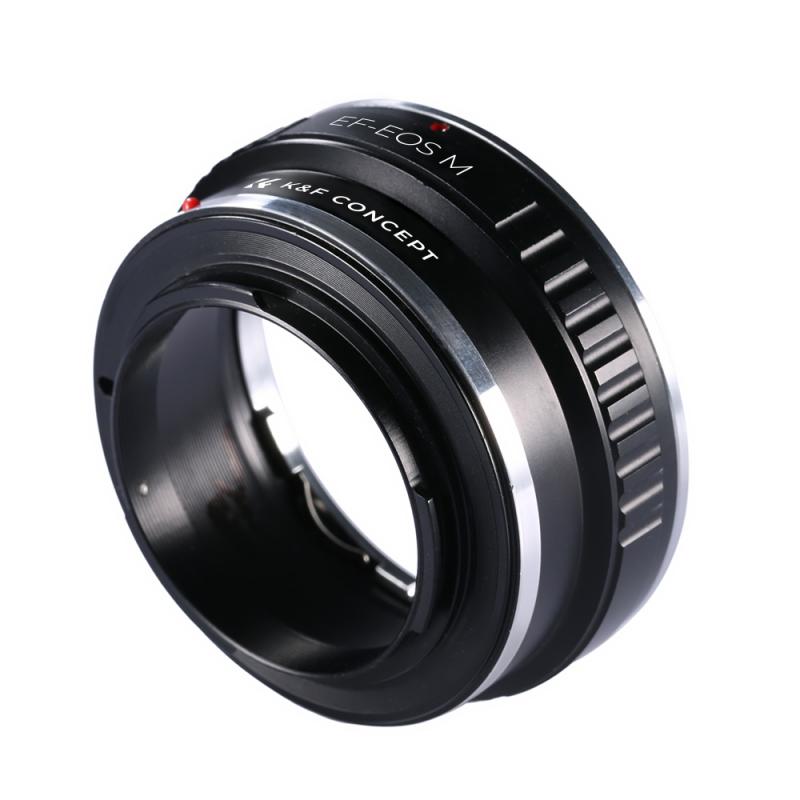
2、 EF Lens Compatibility: Understanding which cameras are compatible with EF lenses.
Canon EF refers to the lens mount system used by Canon for its line of interchangeable lenses. The EF mount was introduced in 1987 and has since become the standard lens mount for Canon's full-frame and APS-C format DSLR cameras. EF stands for "Electro-Focus," indicating the autofocus capabilities of these lenses.
EF lenses are compatible with a wide range of Canon cameras, including both film and digital SLRs. They are designed to cover the full-frame image sensor size, which is equivalent to the traditional 35mm film format. This means that EF lenses can be used on both full-frame and APS-C format Canon DSLRs without any compatibility issues.
One of the advantages of the EF lens system is its extensive range of lenses available. Canon offers a wide variety of EF lenses, including prime lenses, zoom lenses, macro lenses, and specialty lenses like tilt-shift and fisheye lenses. This allows photographers to choose the lens that best suits their needs and shooting style.
In recent years, Canon has also introduced the RF lens mount system for its mirrorless cameras. While RF lenses are not directly compatible with EF mount cameras, Canon has released EF to RF lens adapters that allow EF lenses to be used on RF mount cameras. This provides flexibility for photographers who may want to transition from DSLRs to mirrorless cameras without having to invest in a new set of lenses.
Overall, Canon EF lenses offer excellent image quality, autofocus performance, and a wide range of options for photographers. Whether shooting landscapes, portraits, sports, or any other genre, EF lenses provide a reliable and versatile solution for Canon camera users.
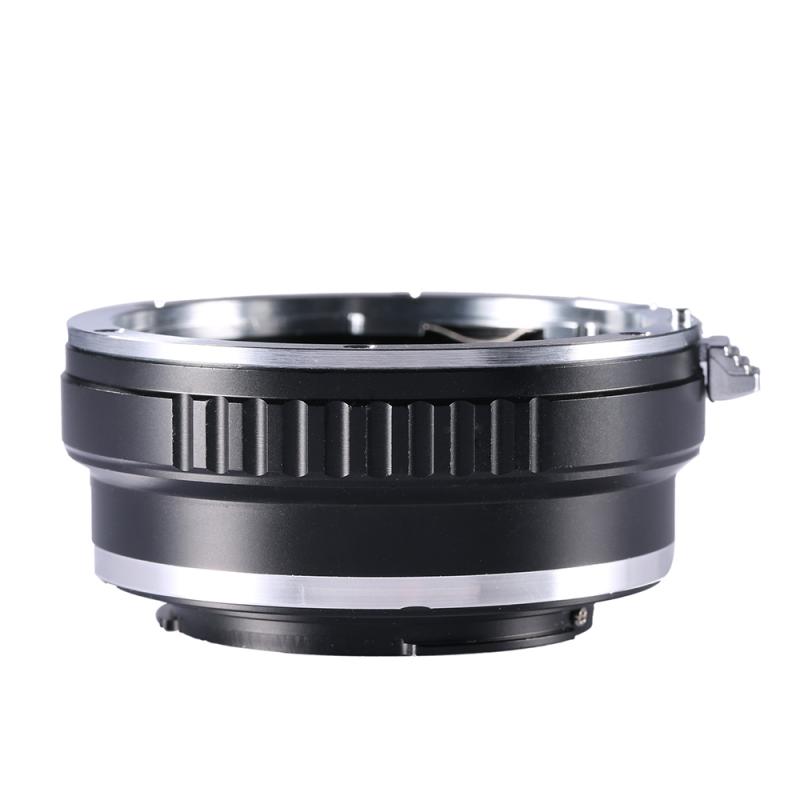
3、 EF Lens Lineup: Overview of Canon's range of EF lenses.
Canon EF refers to the lens mount system used by Canon for its range of interchangeable lenses designed for Canon EOS cameras. The EF lens lineup is extensive and offers a wide variety of lenses to cater to different photography needs and preferences.
Canon's EF lenses are known for their high-quality optics, advanced features, and compatibility with Canon's full-frame and APS-C sensor cameras. The EF mount was introduced in 1987 and has since become the standard lens mount for Canon's EOS system.
The EF lens lineup includes a range of prime lenses, zoom lenses, macro lenses, and specialty lenses such as tilt-shift lenses and super telephoto lenses. Canon continuously updates and expands its EF lens lineup to meet the evolving demands of photographers.
The latest point of view on Canon EF lenses is that they continue to be highly regarded for their optical performance, build quality, and versatility. Canon has introduced several innovative lenses in recent years, such as the RF mount lenses for its mirrorless cameras. However, Canon has also maintained its commitment to the EF mount system, ensuring that photographers using Canon EOS DSLRs have access to a wide range of lenses.
In conclusion, Canon EF lenses are an integral part of Canon's EOS system, offering photographers a diverse range of lenses to capture their creative vision. With a strong reputation for quality and performance, Canon EF lenses continue to be a popular choice among photographers worldwide.
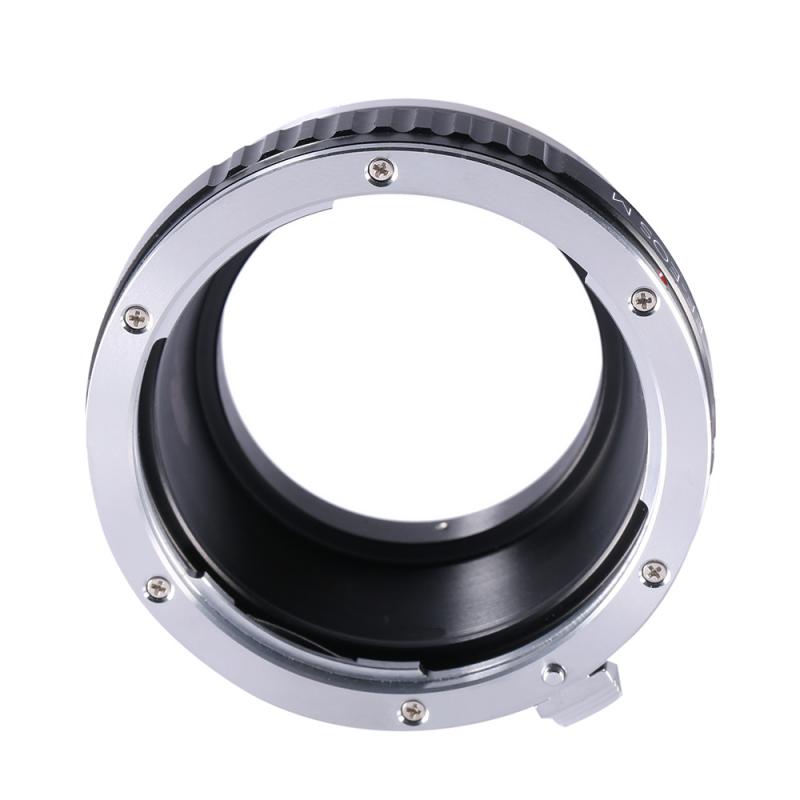
4、 EF Lens Technology: Exploring the technological advancements in Canon's EF lenses.
Canon EF stands for Electro-Focus and refers to the lens mount system used by Canon in their line of interchangeable lenses for their EOS series of cameras. Introduced in 1987, the EF lens mount has become the standard for Canon's autofocus SLR and DSLR cameras.
The EF lens technology has seen significant advancements over the years, making Canon lenses highly regarded among professional photographers and enthusiasts alike. Canon has continuously pushed the boundaries of optical engineering, resulting in lenses that deliver exceptional image quality, sharpness, and versatility.
One of the key features of EF lenses is their autofocus capability. Canon's Ultrasonic Motor (USM) technology, introduced in the early 1990s, revolutionized autofocus performance by providing fast, accurate, and virtually silent focusing. This technology has been further refined in subsequent lens models, ensuring quick and precise autofocus even in challenging shooting conditions.
Another notable advancement in EF lens technology is the incorporation of Image Stabilization (IS) technology. IS helps to counteract camera shake, allowing photographers to capture sharp images even at slower shutter speeds or in low-light situations. Canon has continuously improved IS technology, introducing new iterations that provide even greater stabilization performance.
Canon has also expanded its EF lens lineup to cater to a wide range of photographic needs. From ultra-wide-angle lenses for landscape photography to super-telephoto lenses for wildlife and sports, Canon offers a comprehensive selection of lenses to suit various shooting scenarios. Additionally, Canon has introduced specialized lenses such as tilt-shift lenses for architectural and product photography, as well as macro lenses for close-up photography.
In recent years, Canon has embraced advancements in lens coatings and optical design to further enhance image quality. The introduction of advanced lens coatings, such as Canon's Air Sphere Coating (ASC), has helped to reduce ghosting and flare, resulting in improved contrast and color accuracy.
Overall, Canon EF lenses have evolved to meet the demands of modern photography, offering exceptional performance, versatility, and image quality. With continuous advancements in technology, Canon remains at the forefront of lens innovation, ensuring that photographers have access to the tools they need to capture stunning images.
